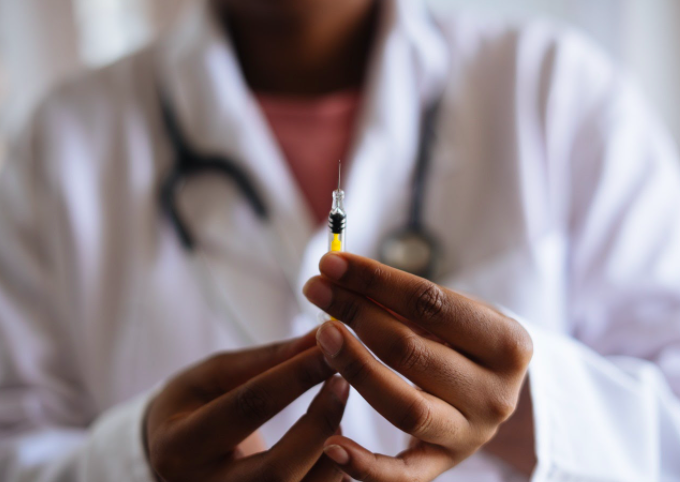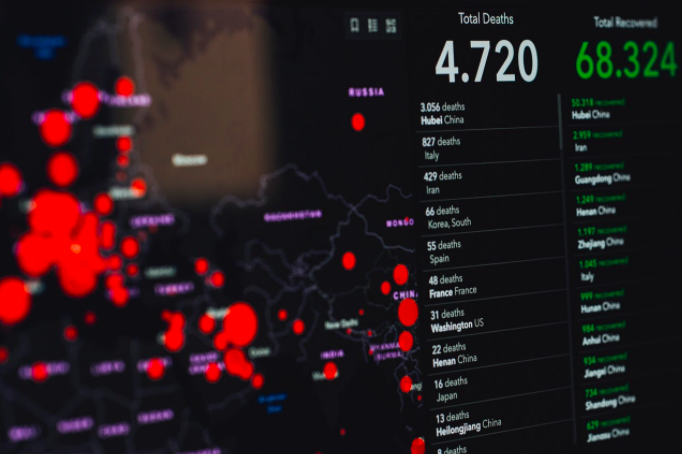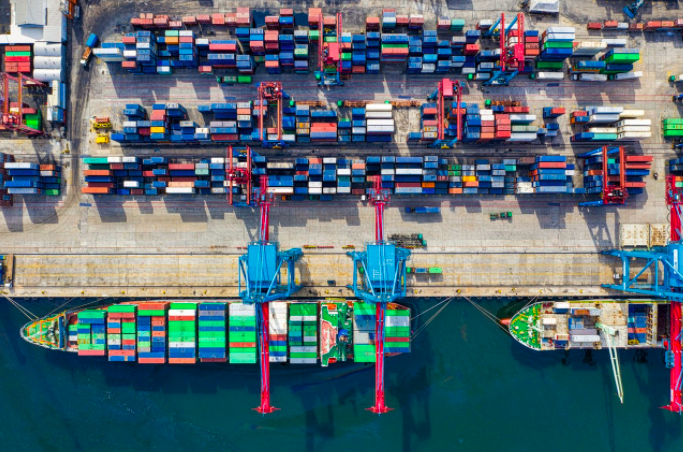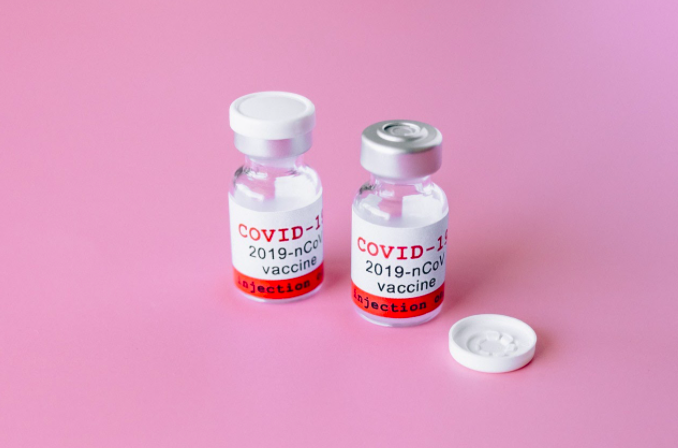Supply Chain Risks and Challenges for the Global Rollout of Vaccines

Since late last year, vaccine manufacturers have been busy distributing doses to various countries. The first to receive and roll out doses was the UK. Then other countries followed like Germany and the USA. As of the moment, countries all over the world wait in line for their doses of COVID-19 vaccines from various points of origin. Most countries who have been waiting for their first batch or second batch of orders expect to get the rest of their doses before the end of the first quarter.
With the pressing need to distribute billions of doses in a short period of time, it becomes more and more challenging for the key components of its supply chain. Unlike other products, COVID-19 vaccines have a complicated supply chain distribution pipeline. For starters, the vaccines require a specific temperature during transport. Moreover, it’s extra critical to track the deliveries to avoid possible tampering. With these slight complications, some countries still have to wait longer before they can administer doses to their citizens.
To understand the risks and challenges faced by the COVID-19 vaccine supply chain, let’s take a trip down memory lane.
A Brief History of Pandemics and Vaccines

The world has seen several pandemics over the year. Some of the most notable examples include the Spanish Flu in 1918, Asian Flu in 1957-1958, Bird Flu in 2007, and AH1N1 in 2009. Similar to the recent COVID-19 pandemic, these previous pandemics have affected a large fraction of the global population. They have also caused deaths.
The Spanish Flu alone killed about 20 to 50 million individuals worldwide. If there had been a vaccine available during the deadly Spanish flu epidemic, the death toll would have not risen that much. Thankfully, the same case did not occur for the other pandemics. For example, when the Asian Flu spread, a flu vaccine was already available. Hence, the number of affected individuals and deaths were significantly lower compared to the Spanish Flu.
In the case of COVID-19, it only took a few months for vaccine manufacturers to develop a potential vaccine. Fast forward to December, countries have started administering vaccine doses.
Global Distribution of Vaccines

Timely manufacturing and distribution of the vaccine dosages play a huge role in containing the rapid spread of the infection. It works hand in hand with health safety protocols and government-imposed restrictions in preventing the rapid spread of a viral disease.
It takes roughly 4 to 6 months to mass-produce a vaccine. Sadly, vaccine distribution also takes up a long time to finish. Some of the possible causes of such delays include:
- Production problems including reduce yields and plant upgrades
- Rejection of countries after the discovery of adverse allergic side effects
- Country or regional policy issues such as the case of the UK’s delayed Moderna shipment due to Brexit
Currently, manufacturers claim to deliver doses to most of the countries affected by COVID-19 in the first quarter of 2021.
Countries that received COVID-19 Vaccines
Here’s a quick list of countries that have rolled out their first batch of vaccines and the brand they currently administer or approve for use:
- Germany – Pfizer BioNTech and Moderna
- USA – Pfizer BioNTech and Moderna
- Canada – Pfizer BioNTech
- Mexico – Pfizer-BioNTech
- Argentina – Sputnik V
- Belarus – Sputnik V
- Belgium – Pfizer BioNTech
- Brazil – AstraZeneca and Sinovac
- Chile – Pfizer BioNTech and Sinovac
- Costa Rica – Pfizer BioNTech
- Croatia – Pfizer BioNTech and Moderna
- Cyprus – Pfizer BioNTech
- The Czech Republic – Pfizer BioNTech
- Denmark – Pfizer BioNTech
- Finland – Pfizer BioNTech and Moderna
- France – AstraZeneca
- Germany – Pfizer BioNTech and Moderna
- Greece – Moderna
- Hungary – Sinopharm and Sputnik V
- India – AstraZeneca and Covaxin from Bharat Biotech
- Israel – Pfizer BioNTech
- Italy – AstraZeneca
- Kuwait – Pfizer BioNTech and AstraZeneca
- Malta – Pfizer BioNTech
- Mauritius– AstraZeneca
- Morocco – Sinopharm and AstraZeneca
- Oman – Pfizer BioNTech
- Pakistan – AstraZeneca
- Poland – Pfizer BioNTech
- Qatar – Pfizer BioNTech
- Romania – Pfizer BioNTech and Moderna
- Russia – Sputnik V
- Saudi Arabia – Pfizer BioNTech
- Serbia – Pfizer BioNTech
- Slovakia – Pfizer BioNTech
- Spain – Pfizer BioNTech
- Switzerland – Moderna
- Singapore – Pfizer BioNTech and Moderna
- Turkey – Sinovac
- United Arab Emirates – Pfizer BioNTech and Sinopharm
Distribution problems and risks

Bloomberg reveals that around 131 million COVID-19 vaccine doses have been administered in 73 countries. The numbers are expected to grow in the next few months as vaccines from Pfizer-BioNTech, AstraZeneca, Moderna, Sputnik-V, and Sinopharm reach other countries.
The only challenge is to keep up with the immense demands of the COVID-19 supply chain. One of the potential issues that many countries face is the storage and distribution of vaccines. For most of these brands, the vaccines get transported from the manufacturing site then to storage sites and distribution centers like hospitals.
Some of these brands require ultra-cold storage. Otherwise, the dosages lose their effectiveness. Unfortunately, this becomes a source of a huge problem for many countries due to the high costs and demand for ultra-low-temperature freezers.
The logistics of the whole operation is also equally daunting. In fact, according to DHL, it would take roughly 200,000 pallet shipments, 15 million deliveries, and 15 million flights to complete the entire global immunization efforts. On top of that, procurement of vaccine-related goods such as glass vials, syringes, and freezers might also become another issue as countries begin to build their stockpile.
There’s also the lack of quality and fast transportation options in my parts of the world, especially in poor countries. This could further delay the distribution of the COVID-19 vaccines.
Then, there’s also a shortage of professionals who can safely administer the vaccines. Manufacturers stress the importance of quickly giving out the doses as soon they get delivered to vaccination sites like clinics and hospitals.
Other potential issues that may arise include lack of coordination between national and local governments and misinformation about the vaccines, logistics, and tracking.
COVID-19 – A Major Game-changer
The pandemic is definitely a force to reckon with. It has challenged supply chains to hone in on their strength and resilience. With the massive scale of the operations, the issues the come with the distribution and logistics, and the storage requirements, crucial parts of the COVID-19 vaccine supply chain have to adapt and plan ahead.
In KPMG’s report on optimizing the COVID-19 supply chain, Chris Foster notes on doing these five things:
- Planning for success
- Keeping the vaccines at proper storage temperature
- Using effective tracking and tracing of the inventory
- Ensuring the integrity of the products to avoid counterfeit and contamination
- Managing last-mile delivery, post vaccines statistics, and product returns
We continue to await how the distribution of COVID-19 will unfold as more and more dosages become available to countries. Moreover, it’s exciting and interesting how other supply chains will adapt as the world becomes immune to COVID-19.
Join our newsletter today to get the latest news on SCM and Procurement. Don’t miss out on the latest updates from our team at Supply Advisory.

Russell Harrison is the Executive Advisor at The Supply Advisory (a division of Datasearch Consulting), a leading executive recruitment firm specialising in Procurement & Supply Chain.
You can view the The Supply Advisory website or contact them directly at info@supplyadvisory.com for a more detailed discussion.